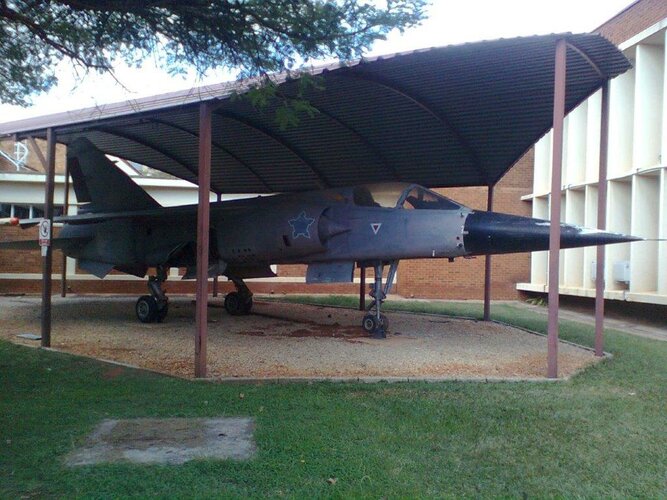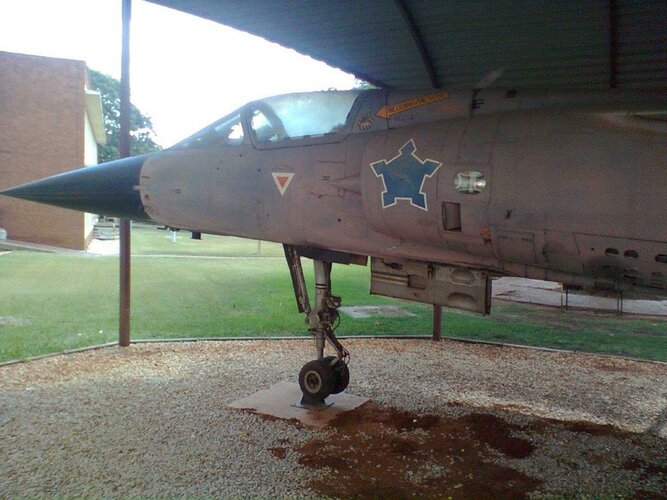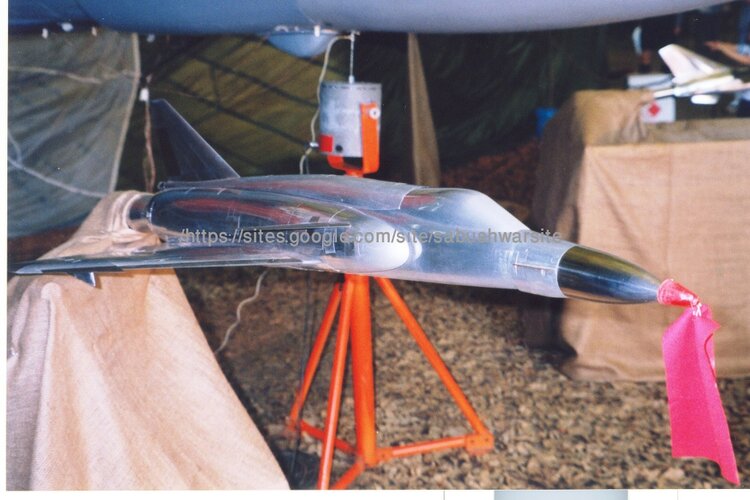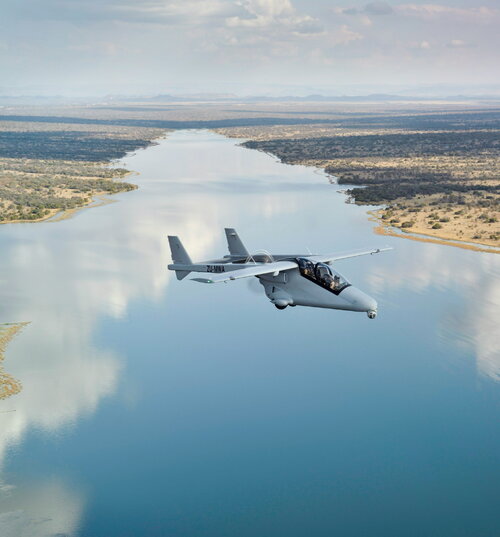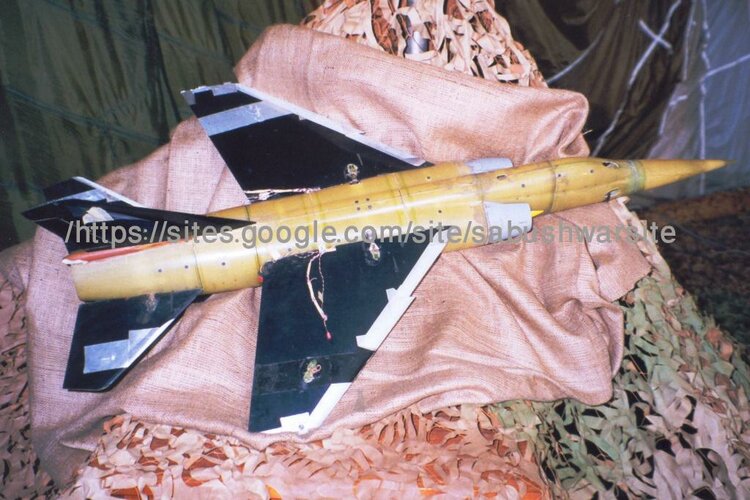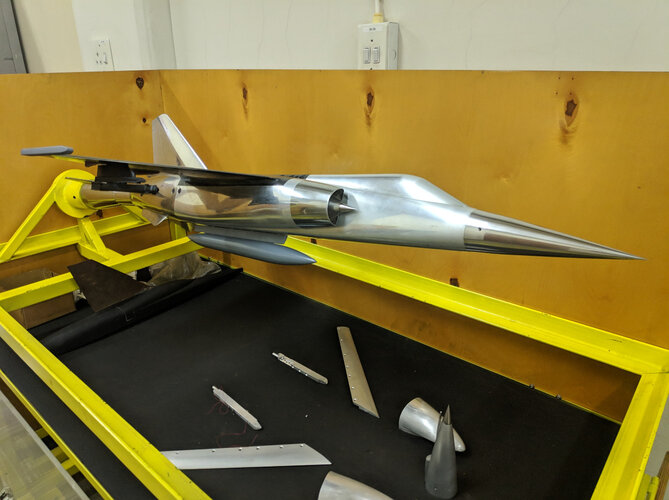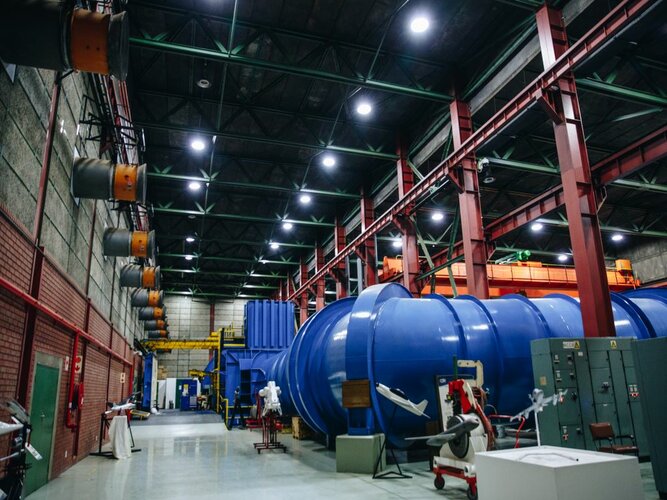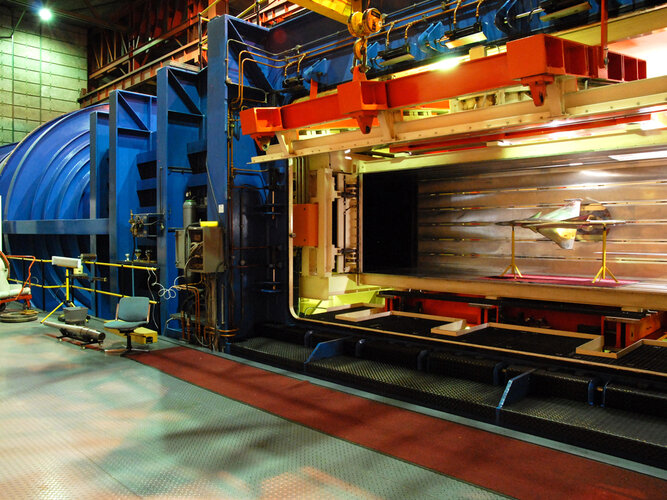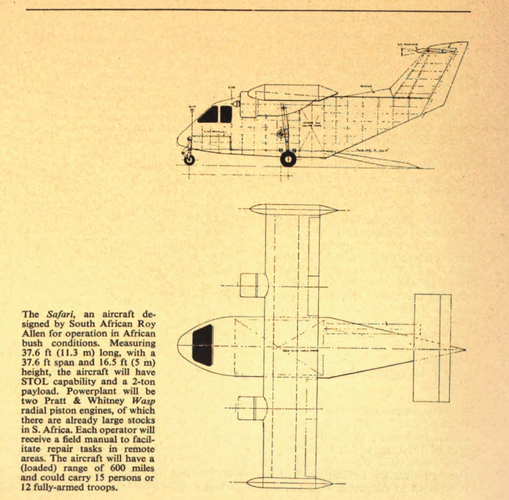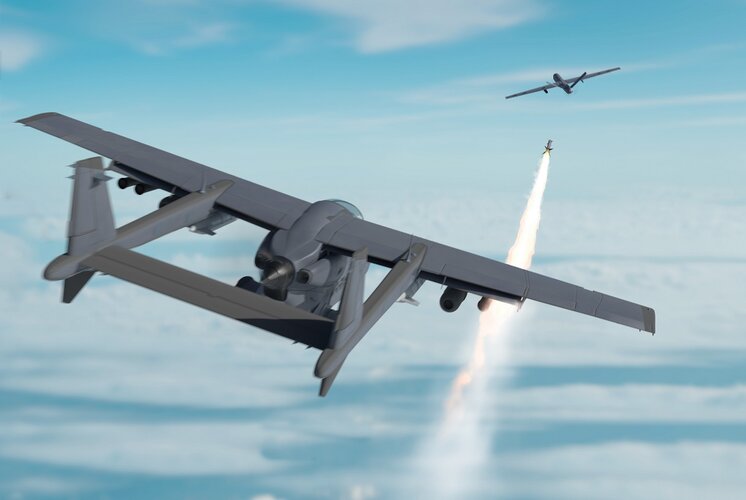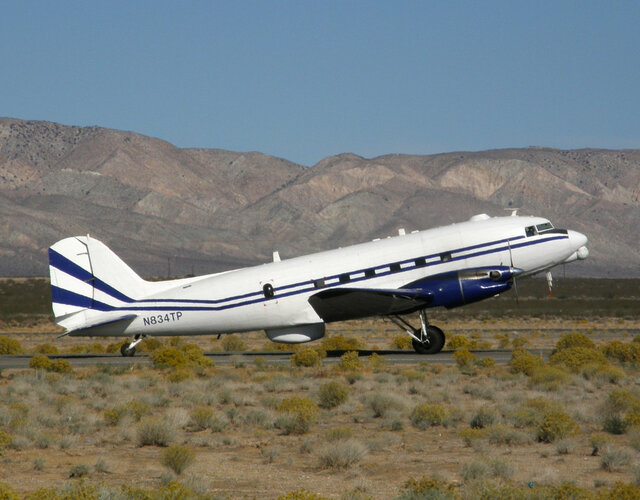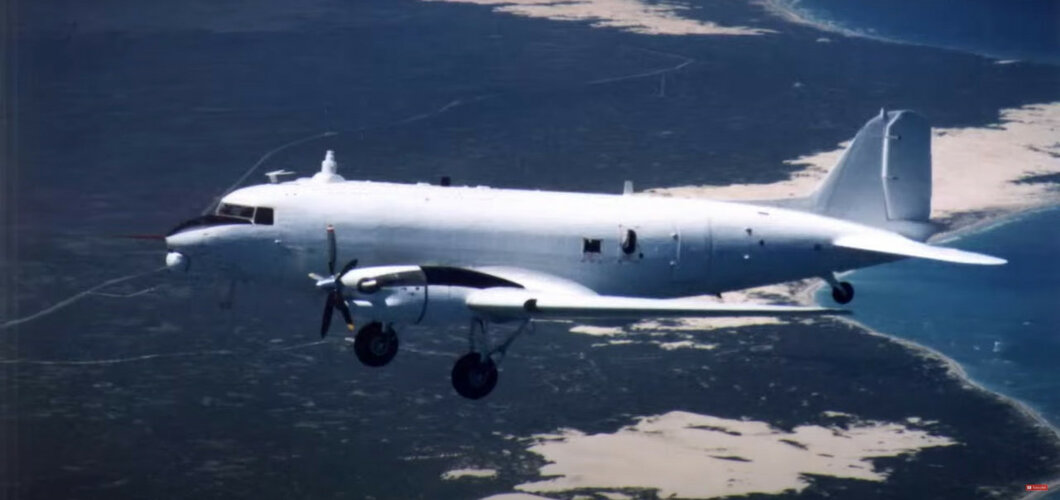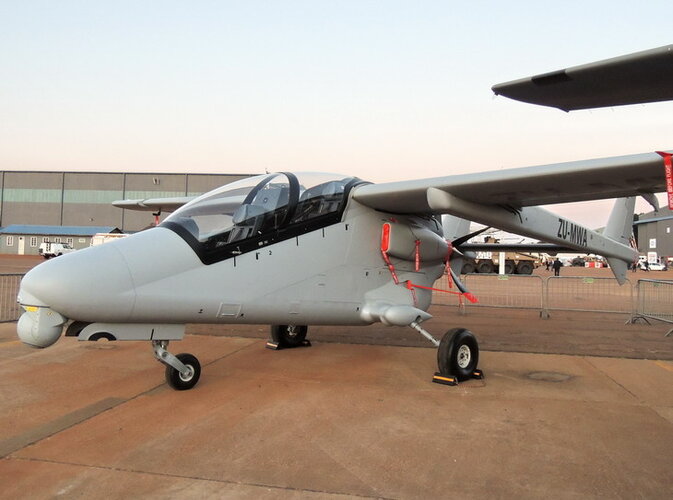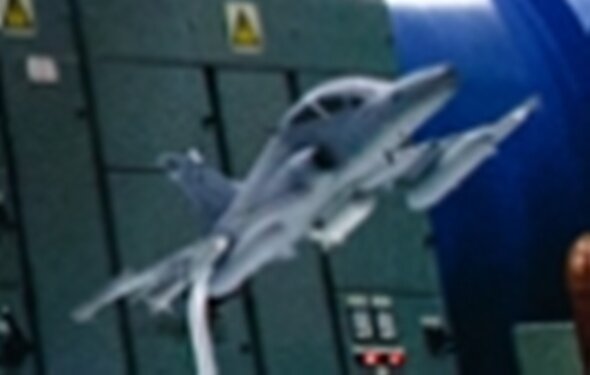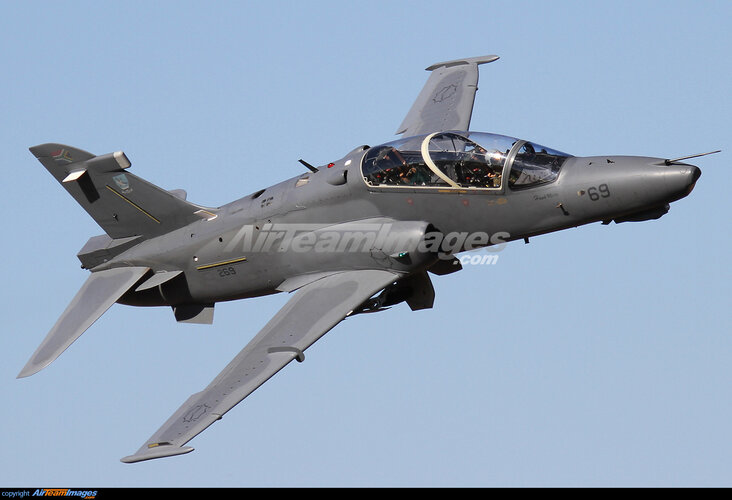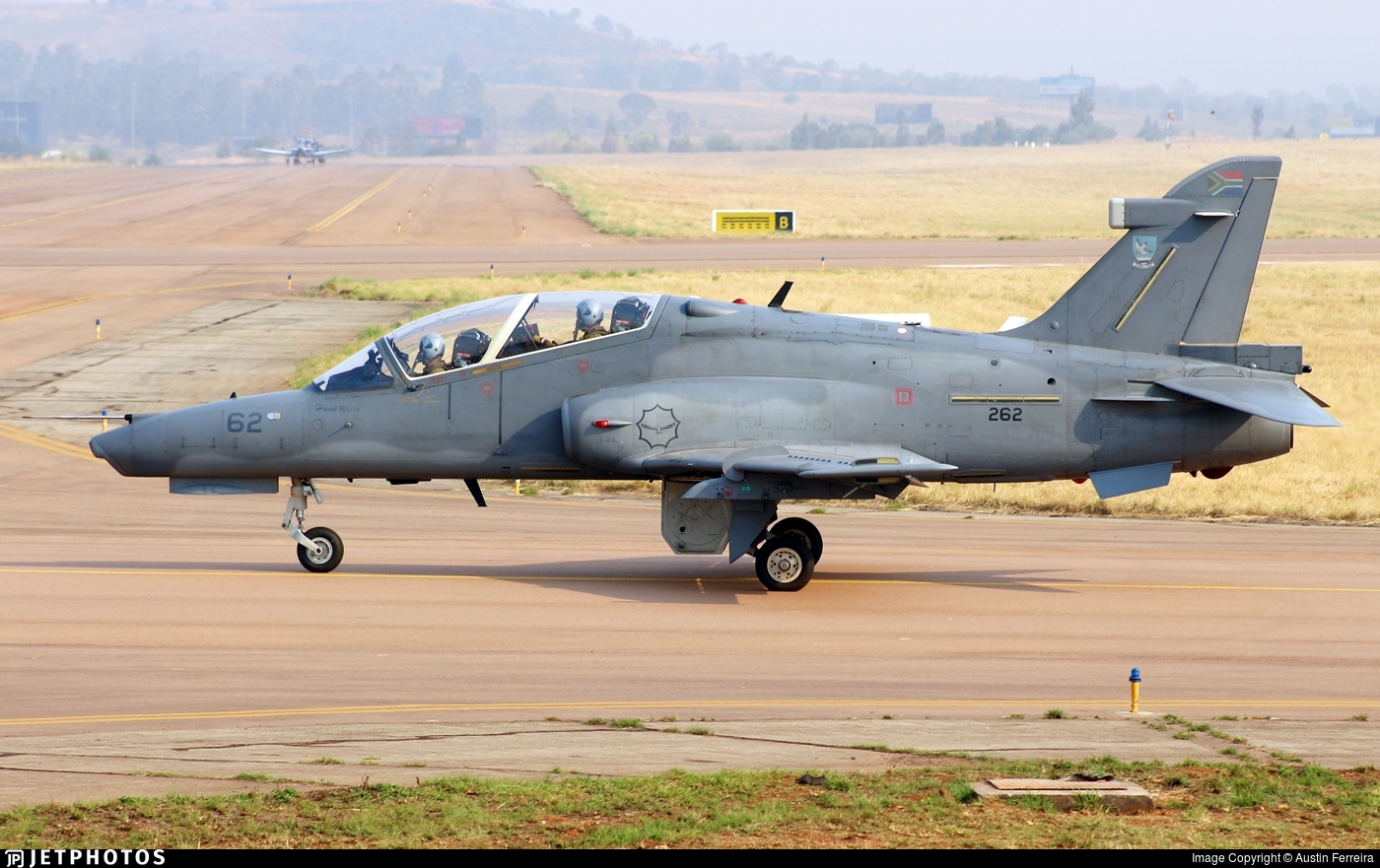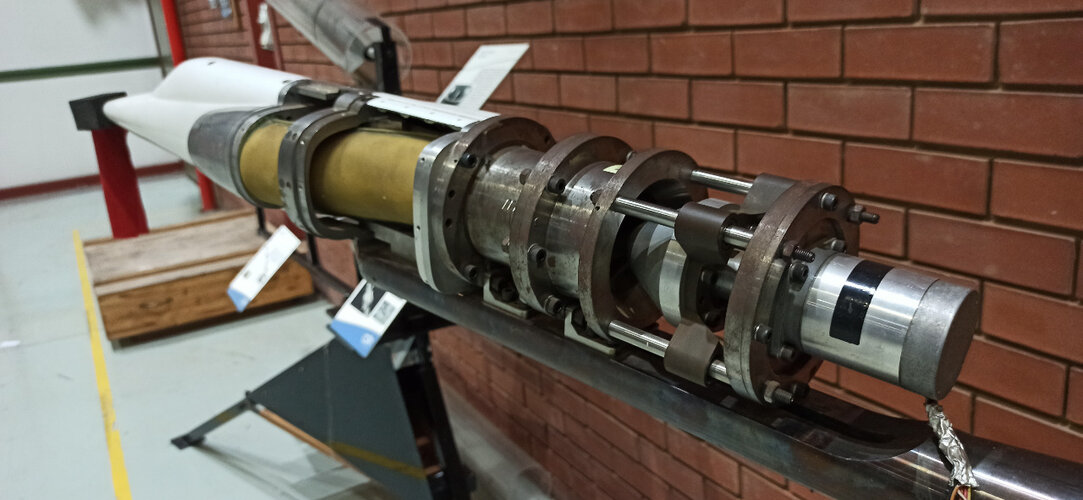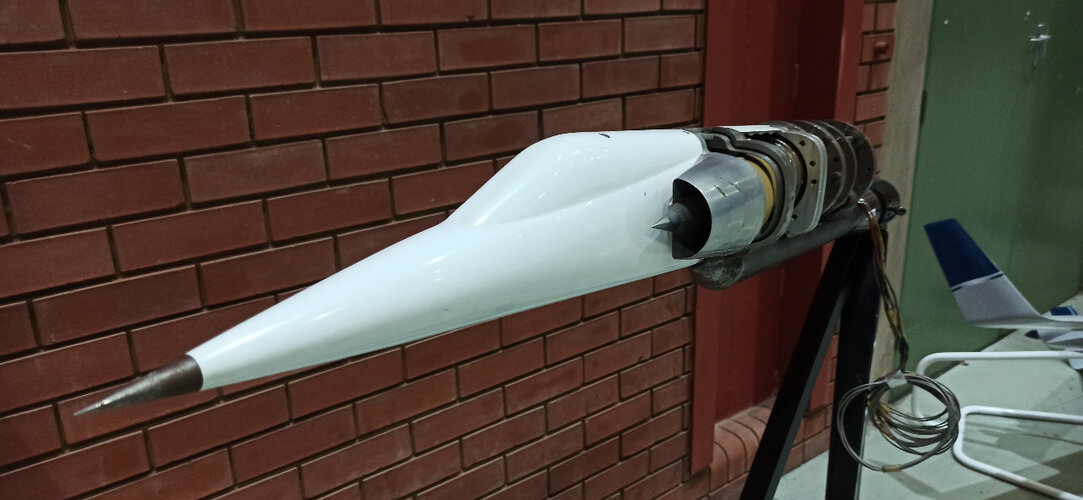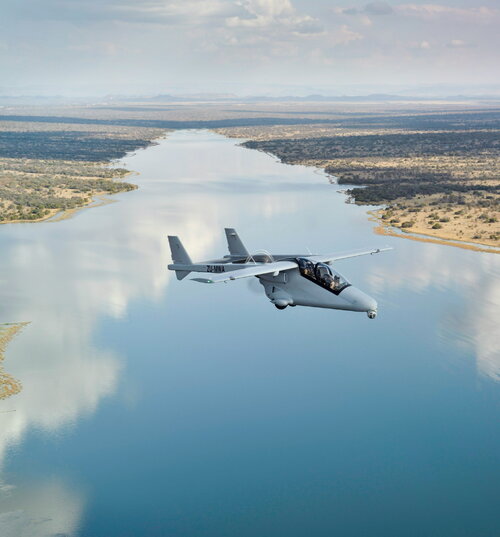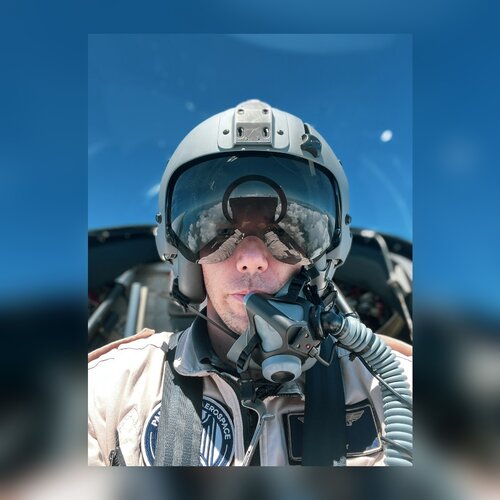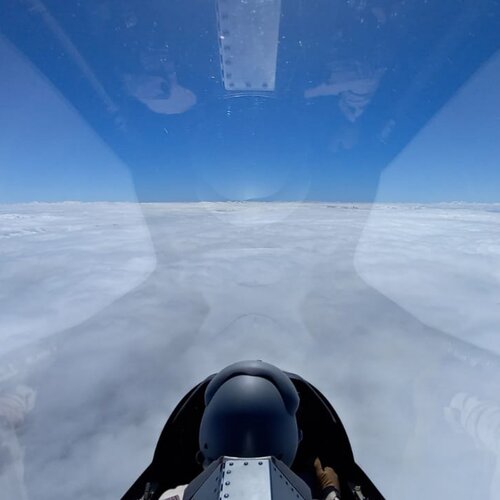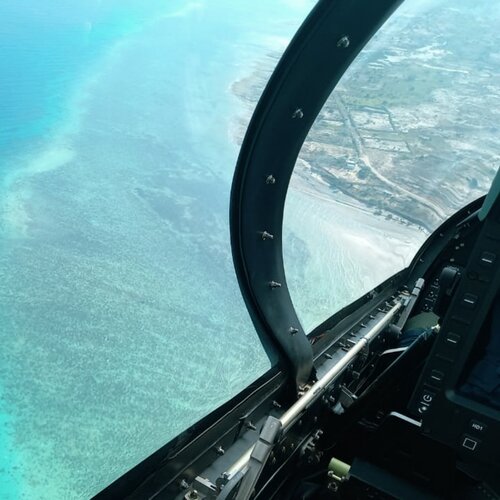The avionic system which eventually went into the Cheetah C was originally defined as an upgrade for Mirage F1 in 1987 - I was part of the team that worked for 5 months on the avionics definition. One of the problems with this was that we still needed all the F1's for the border war, releasing them for a retrofit would be difficult.
Late in 1987 or early 1988 an unsolicited proposal was received for the supply of additional Mirage III airframes (allegedly ex-Israli Kfirs) complete with the avionics we had defined for the F1s - the proposed cost per aircraft of these airframes plus avionics (without engines) was only slightly more than Denel Aviation had proposed per aircraft for the F1 avionics upgrade on its own. It obviously made sense to do this (additional aircraft instead of updating the F1s, just about the same price) so the Cheetah C contract extension was signed. For the first year or two, the avionics design was carefully kept compatible with Cheetah C airframes and Mirage F1, so the F1s would eventually get their upgrade once the Cheetah C's were in service, but once peace broke out and the border war stopped, the Mirage F1 upgrade option was dropped.
In terms of airframe modifications to make place for the avionics, the only idea I remember from 1987 was to add a hump behind the cockpit (similar to the Israeli A4 hump) but eventually it was decided that if the fuel tank behind the cockpit on the F1CZ was removed, the avionics would fit in an avionics bay behind the cockpit, with only radar in the nose (similar to the F1CZ fit). I think the autopilot, which was HUGE, was also going to be dumped. I was not involved once the Cheetah C development work started in 1988 / 1989, so I don't know what weird ideas those guys came up with.
I thought that modifying the ventral fins for chaff and flare had been implemented - I remember that the original composite design had problems with delamination at high altitude (low temperatures, maybe) so they changed to an all-metal design.
So that's the ancient history. Project Nekwar (originally at ATE) and the SMR-95 re-engining came later.
Oh, and there was also Project Pastor (Denel Aviation, Teklogic / ADS, and Kentron, I think), which started in 1986 or so by reverse-engineering Cheetah D avionic functionality, then moved on to proposing an avionic fit which we wanted to fly in a Mirage F1. But it never went that far - the Avionics department at Denel Aviation was shut down / moved to Kentron in early 2001, with most of the Rooivalk team moving to ATE.

